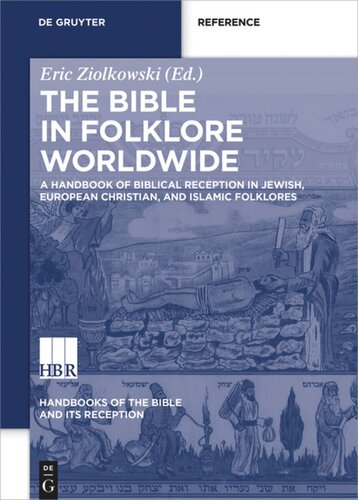

Most ebook files are in PDF format, so you can easily read them using various software such as Foxit Reader or directly on the Google Chrome browser.
Some ebook files are released by publishers in other formats such as .awz, .mobi, .epub, .fb2, etc. You may need to install specific software to read these formats on mobile/PC, such as Calibre.
Please read the tutorial at this link: https://ebookbell.com/faq
We offer FREE conversion to the popular formats you request; however, this may take some time. Therefore, right after payment, please email us, and we will try to provide the service as quickly as possible.
For some exceptional file formats or broken links (if any), please refrain from opening any disputes. Instead, email us first, and we will try to assist within a maximum of 6 hours.
EbookBell Team

4.8
104 reviewsThis first volume of a two-volume Handbook treats a challenging, largely neglected subject at the crossroads of several academic fields: biblical studies, reception history of the Bible, and folklore studies or folkloristics. The Handbook examines the reception of the Bible in verbal folklores of different cultures around the globe. This first volume, complete with a general Introduction, focuses on biblically-derived characters, tales, motifs, and other elements in Jewish (Mizrahi, Sephardi, Ashkenazi), Romance (French, Romanian), German, Nordic/Scandinavian, British, Irish, Slavic (East, West, South), and Islamic folkloric traditions. The volume contributes to the understanding of the Hebrew Bible/Old Testament, the New Testament, and various pseudepigraphic and apocryphal scriptures, and to their interpretation and elaboration by folk commentators of different faiths. The book also illuminates the development, artistry, and “migration” of folktales; opens new areas for investigation in the reception history of the Bible; and offers insights into the popular dimensions of Jewish, Christian, and Muslim communities around the globe, especially regarding how the holy scriptures have informed those communities’ popular imaginations.